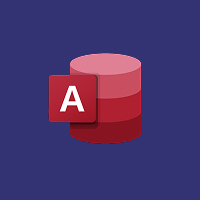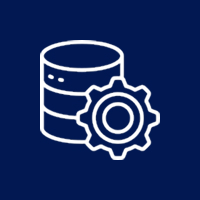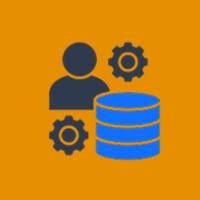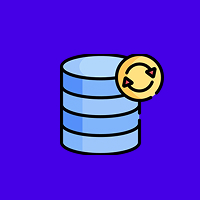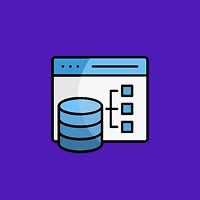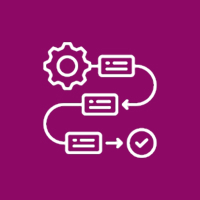Today, speed and scalability are no longer options in web development, they are essential. Users today expect web applications to load instantly and to perform consistently under heavy load or complex workloads. For developers building with ASP.NET Core, one of the best ways to achieve this capability is to leverage intelligent caching.
Caching is essential to improve a web application’s responsiveness. Caching will reduce repeated data calls, reduce the load on the database, and give users a faster and more reliable response. When caching is properly implemented, you will create an app that is no longer functional, but can now be performant and scalable.
1. The Importance of Caching in ASP.NET Core
Every instance where a web application retrieves data from a database, a calculation takes place, or complicated business logic executes uses server resources. After repeated uses of the same operations, performance slows, the costs of infrastructure go up, and the user experience degrades.
Caching overcomes this issue—as caching exposes patterns that allow data that is used repeatedly, cached rather than re-fetched and re-processed. If your app retrieves product details, user profile details, or creates reports even potentially dozens of times, caching these results can drastically reduce the time it takes to respond.
In ASP.NET Core, caching is not just about storing data. Caching improves workflows in your application, ensuring your application handles traffic spikes, is performant, and operationally efficient.
In conclusion:
Caching does not just allow an app to be faster, caching allows the app to be more intelligent by providing relevant data at the right time, and eliminating re-processing the data and picking it up from the cache as such, creating zero overhead.
2. Types of Caching in ASP.NET Core
ASP.NET Core provides various caching mechanisms tailored to different use cases and environments. It is important to understand when and how to use each caching type to optimize performance.
a. In-Memory Caching
In-Memory Caching is ideal for small applications that live on a single server. It saves data directly into a server’s memory. Data can then be retrieved nearly instantaneously, making it perfect for scenarios in which speed and performance are of utmost priority, instead of having the data persist. That said, if the server restarts, all data in memory will be lost. Additionally, it is not suitable for distributed applications.
b. Distributed Caching
A Distributed Cache is a better option for larger applications that run on multiple servers. Distributed caching uses an external cache store, such as Redis, NCache or SQL Server, to maintain cache consistency between running instances of an application. By utilizing an external cache, any instance of an application will share the cached data across servers, while enhancing scalability and reliability.
c. Response Caching
Response caching involves saving the entire HTTP response for a specific request. This is ideal for static or semi-static content (product pages, articles, dashboards, etc.) in which the content does not change often. By returning the HTTP response and cached content, the server does not need to process the request and it allows content to be served much faster.
d. Output Caching
Output Caching stores the rendered HTML output from controllers or Razor pages. Even if the data behind the page changes occasionally, cached output can serve users quickly while the app handles updates in the background.
Each caching mechanism has unique strengths, and combining them strategically often yields the best results for complex applications.
3. Major Advantages of Smart Caching
Implementing smart caching has implications for benefits that are deeper than performance alone.
- Increased Speed: Requests are processed and served to users much faster than with on-the-fly remotes. Essentially, you serve the request as asking for cached data.
- Lower Load on Databases: A lower number of queries against the database means less impact on resources, allowing databases to stay reliable.
- Increased Scalability: With reduced impact on server performance, your application can comfortably support a much larger number of concurrent users.
- Improved User Experience: Faster page loads and more prompt interactions engagement and retain users.
- Cost Savings: Anything that reduces unnecessary processing and database hits lowers infrastructure and cloud costs – making efficient caching very useful in this.
Altogether, these make caching a key part of optimizing application performance.
4. Best Practices for Efficient Caching
While caching can greatly increase performance, it should be approached carefully to maintain good practices and avoid common pitfalls such as stale data or memory saturation. Here are best practices to support a balanced and efficient caching strategy:
- Have Clear Expiration Policies: Ensure that everyone’s cache living times coincide with the volatility of your data so that users see fresh data.
- Cache Selectively: There are things you maybe don’t want or need to cache. Focus on data that is frequently accessed or is resource intensive.
- Monitor and Metrics: Regularly monitor for cache metrics such as hit/miss ratio, memory usage, and response times.
- Invalidate Smartly: When data is updated, ensure the cache entry is refreshed automatically.
- Layer Your Caches: A good caching strategy would include a combination of in-memory and distributed caching; it allows for more flexibility and redundancy.
- Don’t Cache Sensitive Data: Do not cache personal or sensitive data/user information unless encrypted or stored securely.
An effective caching strategy finds the right balance between speed, accuracy, and scalability.
5. Caching and Scalability
When scaling your user base, caching is even more critical to keeping things stable. The distributed caching approach helps keep performance consistent on high-traffic sites, as multiple servers or cloud instances work together.
Distributed caches such as Redis store shared data in a centralized method, allowing all application nodes to pull from the same cached assets, minimizing duplicates, and enhancing consistency. This is a great way to provide shared caching efficiently in ASP.NET Core cloud hosting and load-balanced solutions, as scalability is particularly important in these environments.
In summary, caching allows your infrastructure to scale without slowing down—a measurement of reliability and thoroughness that is useful for companies growing their web applications globally.
6. The Impact of Caching in the Real World
Caching benefits are not theoretical; they are quantifiable. Organizations that implement smart caching in the real-world say they experience the following benefits:
- Up to a 70% decrease in average response times.
- A decrease in database CPU usage ranging between 30-60%.
- Increased uptime during major events (sales, promotions, etc.)
- Faster load speeds resulting in improved SEO rankings.
Caching is essential for an organized scheme in the digital environment and many potential visitors to your digital environments expect fast load speeds. Industries like eCommerce, financial, healthcare, and SaaS utilize caching like it is the lifeblood of the infrastructure while at the same time keeping animosity and friction less than the anticipated worldview. Getting down to a micro-second per request may seem negligible, but when multiplied by multiple hundreds or millions of users, it could save you more than just a penny and create greater performance and user satisfaction.
Final Thoughts
Utilizing smart caching in ASP.NET Core isn’t just about enhancing performance—it establishes the basis for a scalable, dependable, and cost-effective web application. You can consider in-memory caching for smaller-scale initiatives or distributed caching for enterprise-level solutions, but either way, having the right caching solution will improve your app’s performance and user engagement.
Putting the effort into crafting a caching layer that matches your business needs is a larger step than just improving performance; you are creating future efficiency, scalability, and stability.
In an increasingly competitive digital landscape, every millisecond counts. Smart caching ensures that you’re prepared for every millisecond.
Contact Us Today



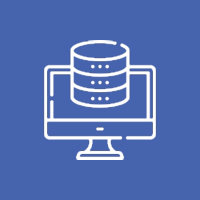









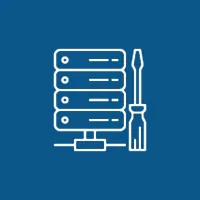 Database Development
Database Development




